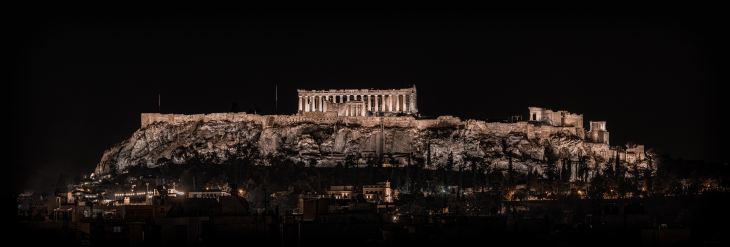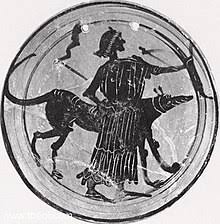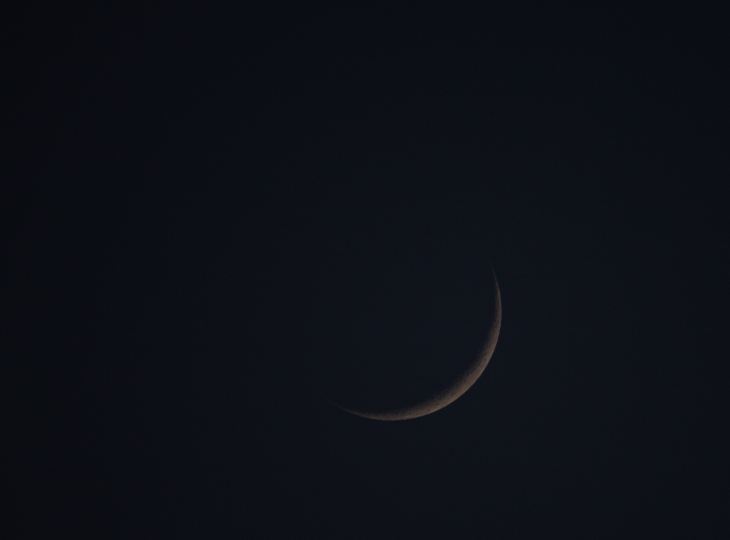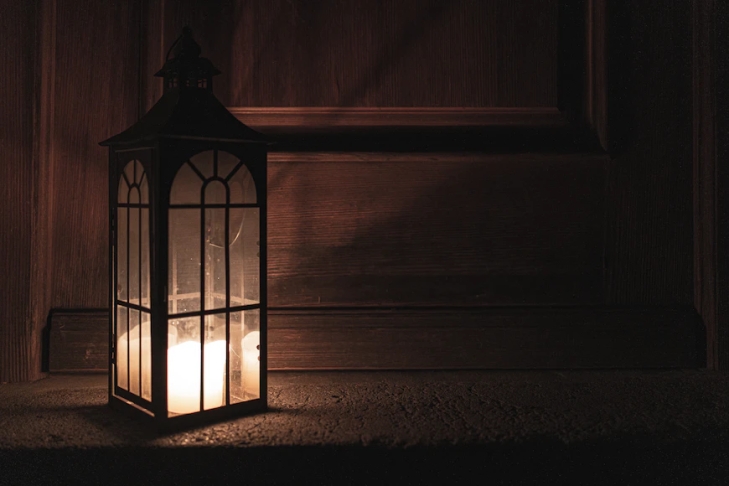A few months ago I visited the Melbourne Hellenic Museum with a friend and got to revisit the permanent collection and attended a new exhibit called “The Messenger” by Sam Jinks.
This commissioned permanent art exhibit contains a hyper realistic sculpture which has been inspired by the Hellenic Goddess Iris from the west pediment of the Parthenon which is now housed in the British Museum.
I was struck by ethereal yet realistic nature of this sculpture and how beautifully her naked form is placed centrally yet set back within the darkened room so that when you enter you are dazzled by the glow of what you are witnessing whilst your eyes adjust to the sight before you.
The Hellenic museum describes Iris as “the swift messenger goddess with the ability to communicate between the gods and mortals; moving beyond the realm of the living and freely into the Underworld.”
The museum goes on to describe Jenkins work and the meaning behind it “Iris, a goddess of liminal spaces, is for Jinks a metaphor for the way we can view the Parthenon sculptures. While we are separated by the creators of the Parthenon by over 2400 years, by focusing on the details- the contours of the marble, the subtle movements of the sculptor, the gentle care taken in forming the bodies, and the resistance of the tools over the marble surface, the divide between the contemporary and the ancient recedes. In this way we can attempt to decode the meaning and sentiment left behind by ancient sculptors for whom the works were a testament to the power and magnificence of the gods. By creating a work with its roots in classical sculpture and mythology Jinks seeks to connect with an ancient tradition while guided by contemporary sensibilities and using the tools available to a sculptor today.”
This is a beautiful piece of art which honours a Greek Goddess often looked over. If you have a chance to visit this exhibition I would implore you to do so as for a very reasonable price you can enter the museum and tour all the exhibits including “The Messenger”.
Oinochoe depicting Iris (and Apollo)
Who is Iris?
Iris whose name means “the speaker/the messenger” is a Goddess of the Sea and Sky and a messenger of the Olympian Gods therefore she was known as a Liminal Goddess. She was also known as the Goddess of the Rainbow, the Handmaiden of the Goddess Hera and a cup bearer of the Gods.
Iris was depicted in Ancient Greece as an ethereal young beautiful woman with golden wings a kerykeion (Herald’s Key) and an oinochoe (water pitcher).
Iris’s parentage was that her mother was Elektra “the amber” a cloud nymph and her father was Thaumas “the wondrous” a sea god. This is apt as Ancient Greeks who lived on the coast would view the rainbow (the symbol of Iris) as spanning the distance between cloud and sea. Iris is also known to be the sister of the Harpies (half human half bird who personifies the storm winds).
Iris was known as a virgin goddess yet later on became wife of Zephyrus (Wind God) and was the mother of Eros.
Iris sculpture on the west pediment of Parthenon in Athens
What does Iris do?
Iris is the replenisher of the rain clouds in which she gathers the water from the sea.
Iris is also a messenger who runs errands “with the speed of wind” for the Gods and can traverse one side of the world to another as well as one world to the other due to her being able to delve into the depths of the sea, the underworld as well as have access to Olympus.
Due to her abilities she is closely associated with communication, messages, new endeavours and the rainbow. She is also known as the joiner, conciliator and the messenger of heaven who restores peace in nature.
Kerykeion
Some Myths of Iris
Altough Iris never had any myths of her own she appears as a messenger who runs errands (for the likes of Hera, Zeus and Achiles).
The Iris flower is named after Iris due to its multitudes of variety colours.
Iris’s Symbols
Rainbows, water pitcher and the heralds key.
Iris’s Sacred Places
Psamite aka “Hekate’s Island” near Delos.
Some of Iris Epithets
Golden-Winged (Khrusos Pteron)
Storm Footed (Aella Pous)
Thaumas Daugher
Wondrous One
Hymns to Iris
Hymn #6 To Hekate, Iris and Hermes
“Begin my song, oh Muses, to three who traverse the boundaries,
walking always between the world of the gods on Olympus, man on Earth and the souls dwelling beyond the River Styx, sing of three who travel far and carry messages of gods and mortal man.
Sing first, sweet-voiced Muses of delicate Hekate, whom Asteria bore, bright-coiffed maiden, favored of Zeus who accompanies Persephone. Generous are you, torch-bearing goddess, when men offer rich sacrifices in your name!
And sing, oh Muse of Iris the storm-footed who treads along the rainbow, carrier of the waters of the Styx upon which the gods swear their oaths, mother of desire who fetched Eiliythia to Delos, Great-Winged wondrous one who replenishes the rain clouds from the waters of the sea, privileged are those in your presence to behold a vision of beauty!
And Muses, sing now of the son of Zeus who bears the golden staff, swift and boundless Hermes who hears and carries messages, clever one who stole away the Far-Shooter’s cattle, luck-bringing god of chance who speeds between all realms. Keeper of herds, sweet is the song that sounds from the lyre, your invention and too, from the pipes which you play!
To you, Hekate, Iris and Hermes, hail! Heed our prayers and grant your blessings to this rite!”
(via painandlight) https://hymnstothetheoi.tumblr.com/post/146008157546/hymn-6-to-hekate-iris-and-hermes-begin-my-song
Offerings to Iris
Ancient: Basyniae (cheesecake)which is made from wheat, suet and honey boiled together.
Modern: Rainbow agate, rainbow moonstone, rainbow obsidian, labradorite, sunstone, Iris flowers, feathers, myrrh, frankincense, pure water, wine, honey, olive oil, fruit and milk, kaleidoscopes, prisms, postcards and stamps.
Iris Anointing Oil
by Setjataset © 2023
Recently I have started anointing my snail mail with Iris oil which I make myself from Orris root and olive oil and I say a prayer to Iris to enable the mail to reach its destination swiftly and safely.
To make your own Iris oil simply steep 3 parts extra virgin olive oil and 1 part dried Orris root in a glass jar for up to 3 weeks and succuss the jar daily. After this time it is ready to use by straining the Orris root out and decanting the oil into an essential oil glass drop bottle. Remember to label the oil with the name, date and the list of ingredients used.
Senebty
Setjataset
(C) T. Georgitsis 2023

































